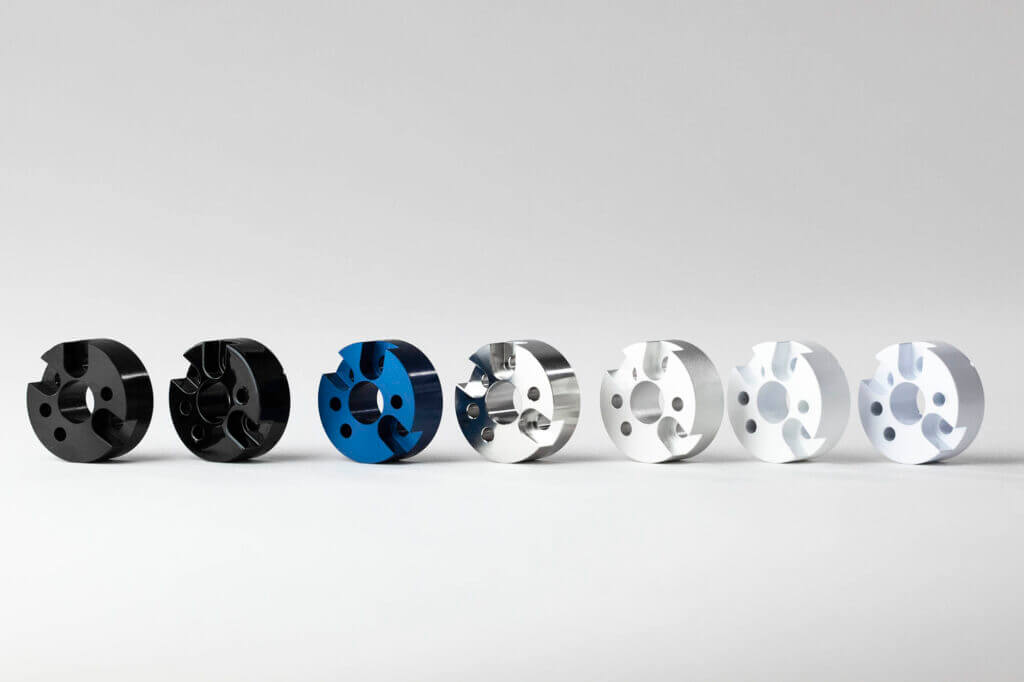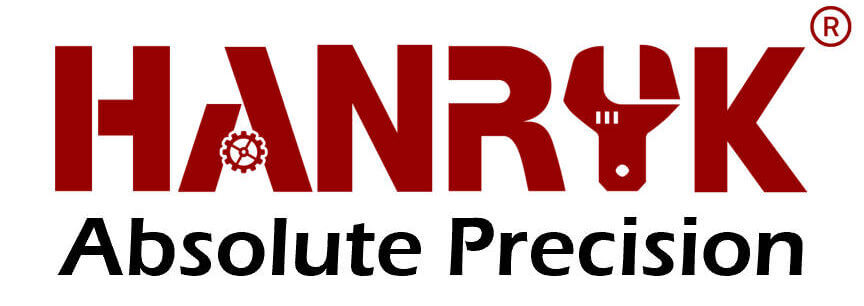What Are The Most Commonly Used Surface Treatments For CNC Machining Parts?
- by Hanryk® Team
- March, 2, 2022
CNC machining has revolutionized the manufacturing industry by providing high precision and accuracy in the production of parts and components. However, even the most precisely manufactured parts can be vulnerable to corrosion, wear and tear, and other environmental factors. That’s where surface treatments come in – they help protect CNC machined parts from damage and prolong their lifespan. In this article, we’ll introduce some of the most commonly used surface treatments for CNC machining parts.

Anodizing
Anodizing is a process that uses an electrolytic solution to form a protective oxide layer on the surface of a part. This layer provides excellent corrosion resistance and improves wear resistance. Anodizing can be done in a variety of colors, making it an attractive option for decorative applications.
Plating
Plating involves the deposition of a thin layer of metal onto the surface of a part. Plating can be done in a variety of metals, including chrome, nickel, copper, and gold. This surface treatment offers excellent corrosion resistance, as well as improved electrical conductivity and aesthetic appeal.
Powder Coating
Powder coating involves the application of a dry powder to the surface of a part, which is then heated to form a hard, durable coating. Powder coating offers excellent corrosion and weather resistance, as well as abrasion resistance. It can also be done in a variety of colors, making it an attractive option for decorative applications.
Chemical Conversion Coating
Chemical conversion coating involves the formation of a thin, chemically bonded layer on the surface of a part. This layer provides excellent corrosion resistance, as well as improved adhesion for subsequent painting or other surface treatments. Common types of chemical conversion coatings include chromate and phosphate coatings.
Heat Treatment
Heat treatment involves subjecting a part to high temperatures to alter its properties. This can include hardening, tempering, and annealing. Heat treatment can improve the strength, durability, and wear resistance of a part.
Laser Marking
Laser marking involves the use of a laser to create a permanent, high-contrast mark on the surface of a part. Laser marking can be used for both functional and decorative purposes, and can be done on a variety of materials.
In conclusion, there are a variety of surface treatments that can be applied to CNC machined parts to improve their durability, corrosion resistance, and aesthetic appeal. Anodizing, plating, powder coating, chemical conversion coating, heat treatment, and laser marking are all commonly used surface treatments that can help extend the lifespan of CNC machined parts. By choosing the right surface treatment for your application, you can ensure that your CNC machined parts are protected and perform their intended function for years to come.

